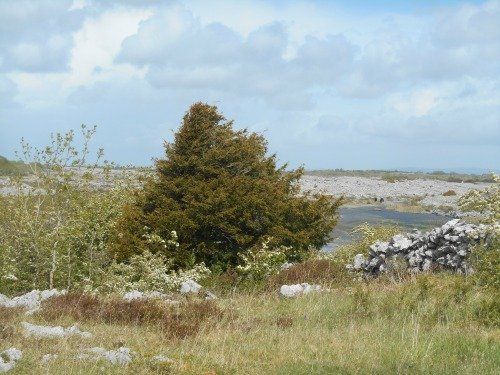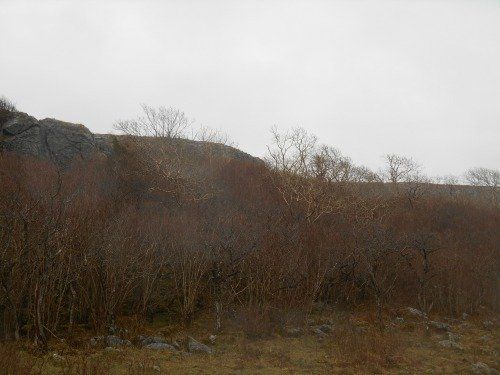10 Facts about a Noble Tree

1) Ireland is home to only three native conifer species – the yew (Taxus baccata), juniper (Juniperus communis) and the scots pine (Pinus sylvestris).
2) Paclitaxel is a naturally occurring chemical in the bark of the yew. It is used to treat cancers including ovarian, breast, lung and pancreatic cancer among others.
3) Yew wood is very strong and flexible. It is probably the most highly prized wood growing in Ireland today. Yew furniture commands a high price!
4) Yew is known as eó or iúr in the Irish language. Examples of place names inspired by the yew are Maigh Eó (Mayo) the plain of the yew and Tír an Iúr (Terenure) Land of the Yew.
5) The yew tree was deeply revered in pre-Christian Ireland. The poisonous leaves represent death. The really hard wood is a symbol of eternity and as the yew is very long-living plant, it is also a symbol of the afterlife.
6) The tree is cultivated
in 100s of Irish churchyards. There is theory and controversy as to why the yew
is associated with sacred sites.
7) Ireland’s only native yew wood is in Reenadinna Wood in Killarney National Park.
8) The yew can reach 20 metres in height and live for 1000s of years.
9) The cattle in the Burren uplands avoid the tree because of its toxicity but it is grazed by feral goats.
10) The tree grows mostly at bonsai levels in the Burren hills. It will grow more expansively only in places where it has shelter from the strong westerly winds.
Other tree species that grow in the famous limestone uplands of the Burren include whitethorn (Crataegus monogyna) , blackthorn (Prunus spinosa) , hazel (Corylus avellana), birch (Betula), ash (Fraxinus excelsior), whitebeam (Sorbus ), holly (Ilex aquifolium), alder buckthorn (Frangula alnus), purging buckthorn (Rhamnus cathartica), rowan/mountain ash (Sorbus aria), crab apple (Malus sylvestris), aspen (Populus tremula), spindle (Euonymus europaeus) and many species of willow (Salix ).




